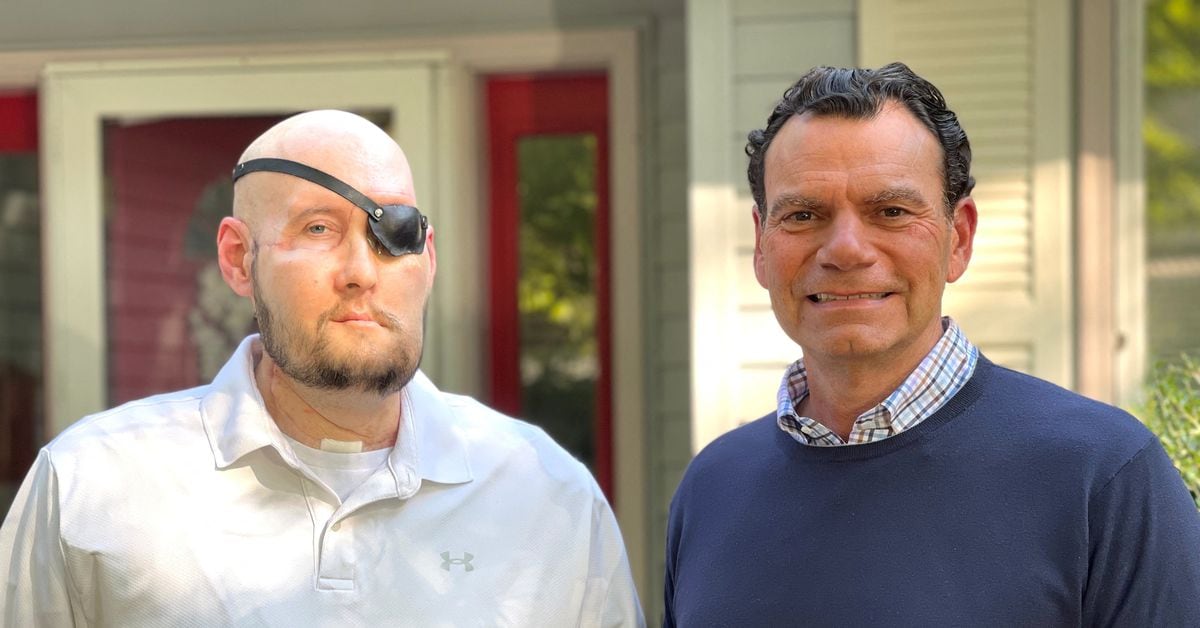- cross-posted to:
- futurology@futurology.today
- cross-posted to:
- futurology@futurology.today
Non-functional, sadly. It’s obviously much nicer than a wooden eye, and getting a human body to accept any transplant is already a small miracle, but don’t expect this to restore vision. Seems like we don’t quite understand the wiring yet.
So all you get is a lifetime of meds and an organ that will fail in 10 years, for the priviledge od not having a glass eye? That’s completely pointless
Yes, eyeballs generally don’t have points…
More seriously though, this is a step towards being able to transplant a functional eye into another person.
Sure…im just curious how the surgeons sold this guy on the procedure. Dealing with non functional transplant care cannot be easier than a prosthetic.
The article said that the patient was happy to help pave the way for more successful transplants. I at least hope it was cost free on his end since it seems like it was mostly a learning opportunity for the doctors.
Patient did not see that coming
Ok, that was pretty good
The caption on the main picture of the article does not clearly indicate if the doctor is the gentleman on the left or the gentleman on the right.
Also, did the guy on the left donate an eye to the guy on the right?
This is the best summary I could come up with:
Nov 9 (Reuters) - Surgeons in New York have performed the first-ever whole-eye transplant in a human, they announced on Thursday, an accomplishment being hailed as a breakthrough even though the patient has not regained sight in the eye.
“The mere fact that we transplanted an eye is a huge step forward, something that for centuries has been thought about, but it’s never been performed,” said Dr. Eduardo Rodriguez, who led the team.
Initially, doctors were just planning to include the eyeball as part of the face transplant for cosmetic reasons, Rodriguez said during a Zoom interview.
“If some form of vision restoration occurred, it would be wonderful, but… the goal was for us to perform the technical operation,” and have the eyeball survive, Rodriquez added.
Transplantation of a viable eye globe opens many new possibilities, Rodriguez said, even if sight is not restored in this case.
Other research teams are developing ways to connect nerve networks in the brain to sightless eyes through insertion of electrodes, for example, to allow vision, he said.
The original article contains 503 words, the summary contains 174 words. Saved 65%. I’m a bot and I’m open source!





